National Parks in the United States
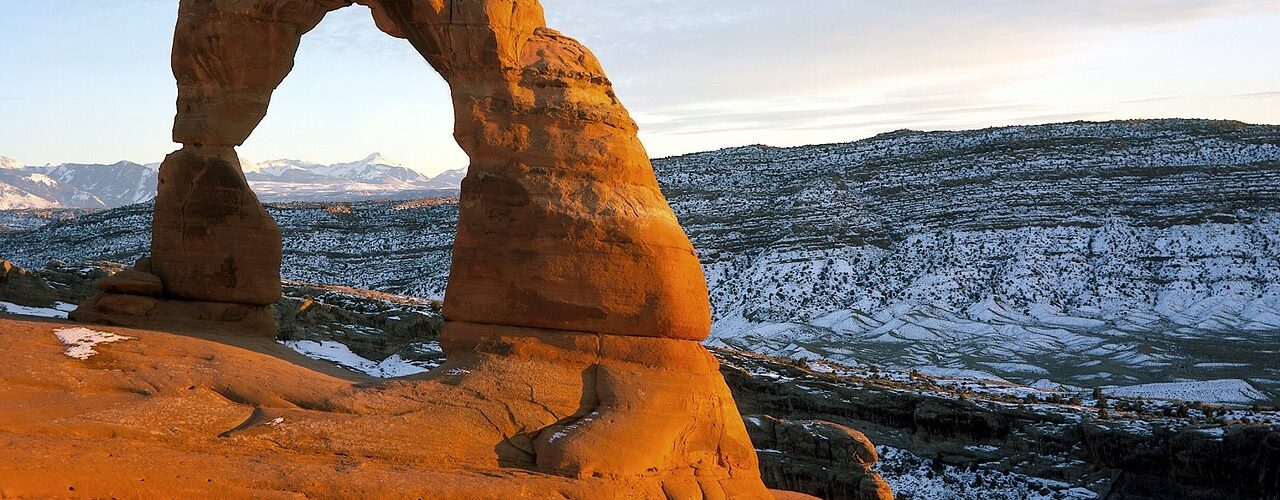
The United States is home to a diverse range of national parks, each preserving unique natural and cultural treasures. Here are some key national parks in the United States.
Yellowstone National Park (Wyoming, Montana, Idaho)
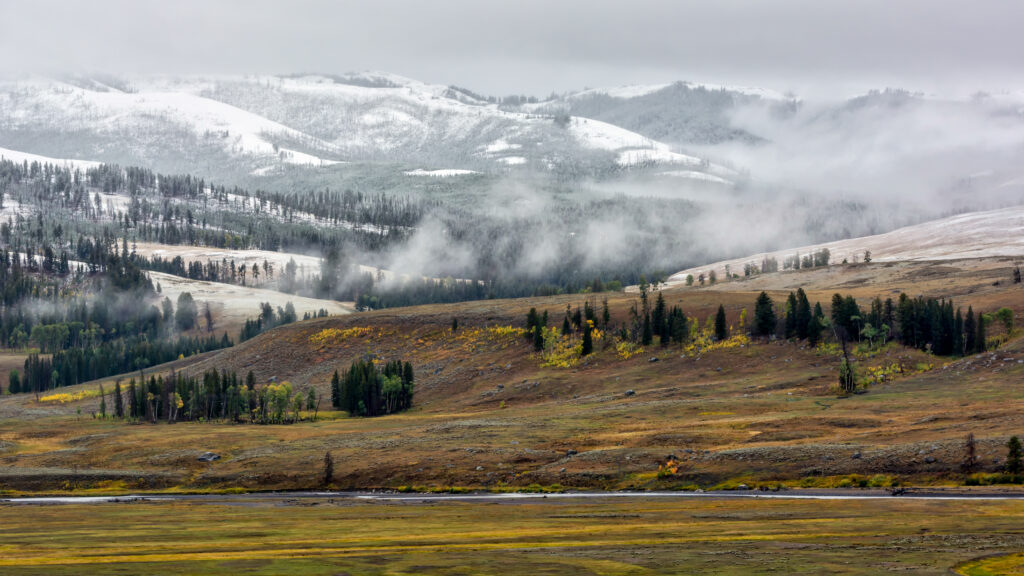
The first national park in the world, known for its geothermal features, including geysers and hot springs, as well as diverse wildlife such as bears and wolves.
Grand Canyon National Park (Arizona)
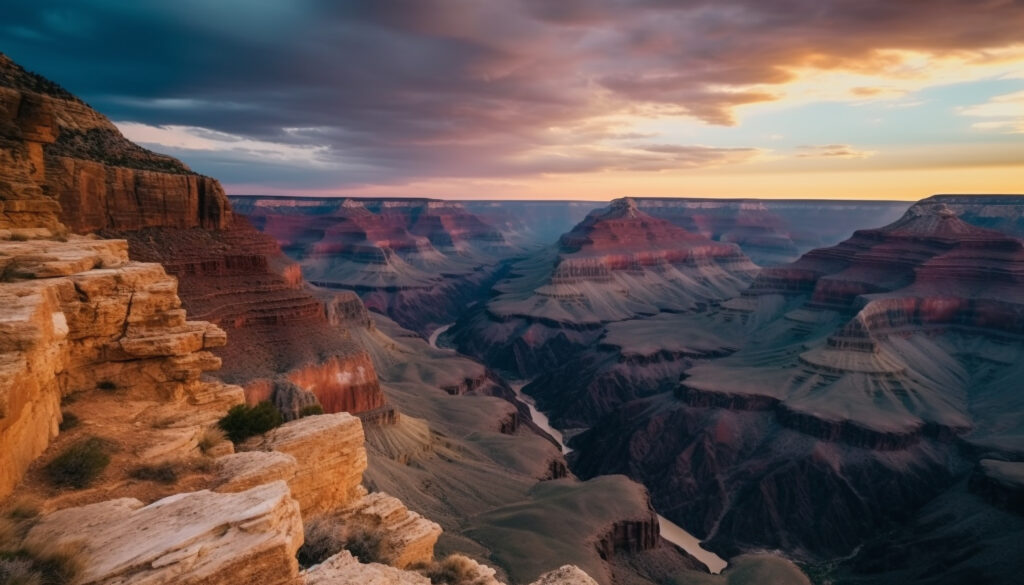
Home to the iconic Grand Canyon, a massive gorge carved by the Colorado River, showcasing stunning rock formations and breathtaking landscapes.
Yosemite National Park (California)
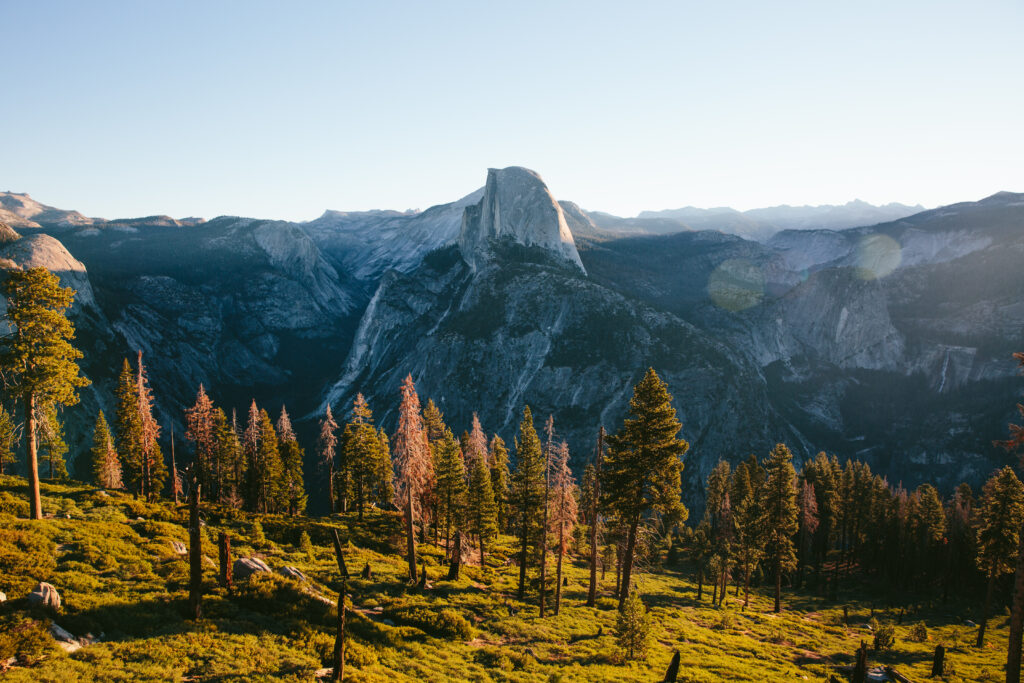
Renowned for its granite cliffs, waterfalls, giant sequoia trees, and diverse ecosystems, Yosemite is a UNESCO World Heritage Site.
Rocky Mountain National Park (Colorado)
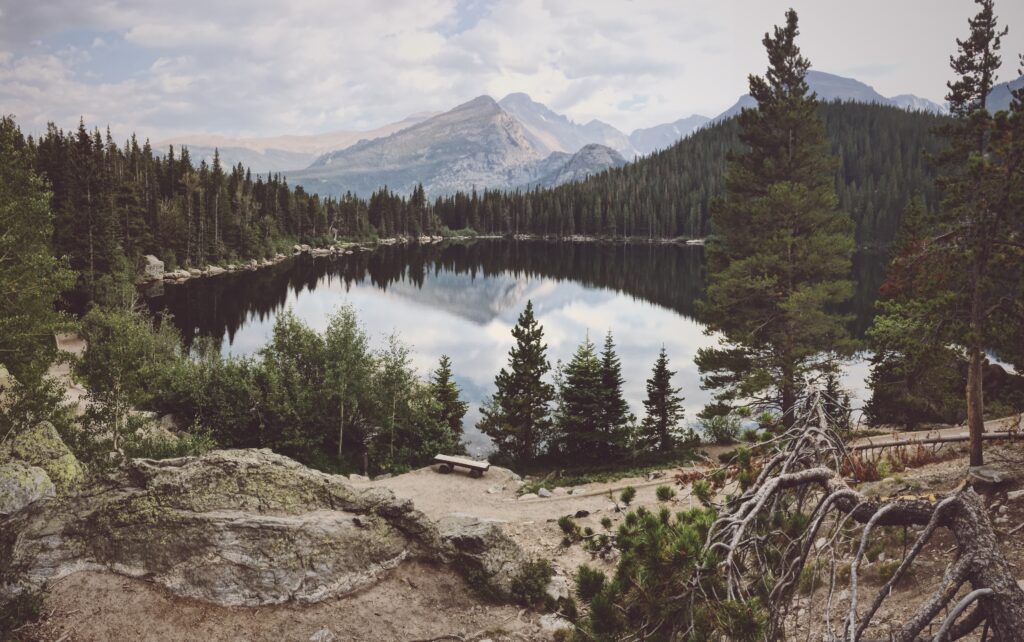
Encompassing the breathtaking Rocky Mountains, the park offers alpine landscapes, wildlife, and numerous hiking trails.
Zion National Park (Utah)
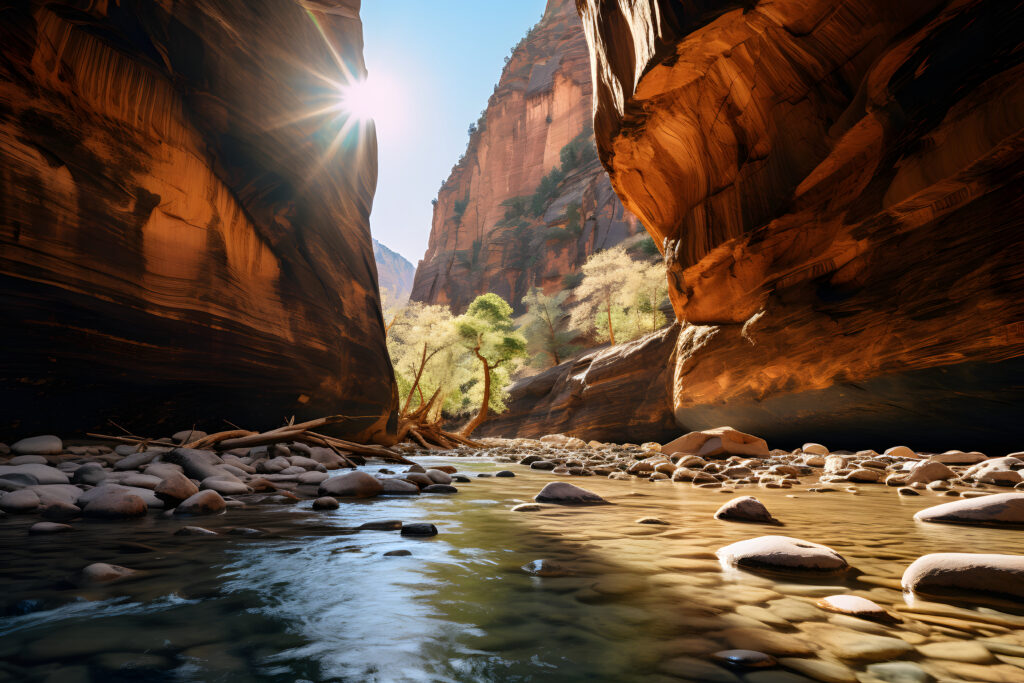
Known for its towering sandstone cliffs, slot canyons, and the Virgin River, providing opportunities for hiking, rock climbing, and photography.
Great Smoky Mountains National Park (North Carolina, Tennessee)
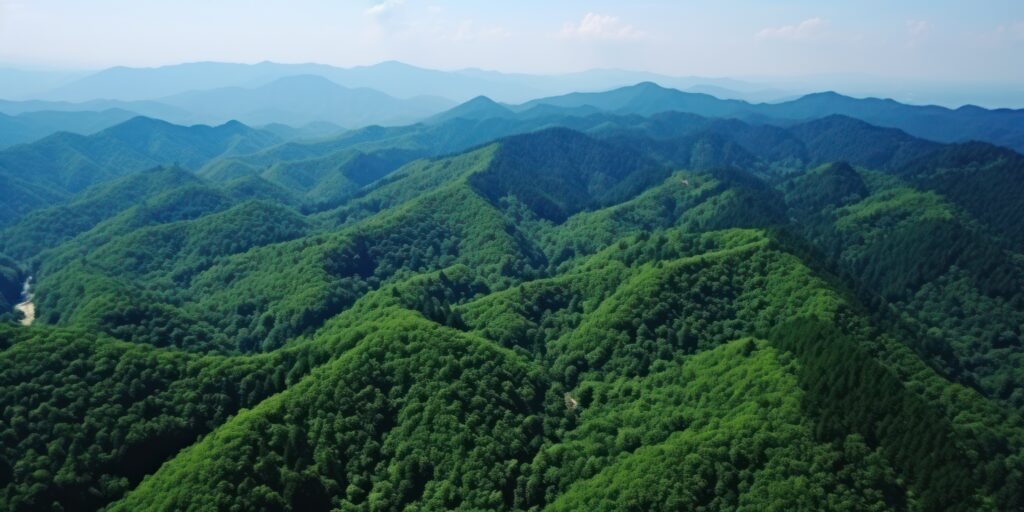
Straddling the border of North Carolina and Tennessee, it is known for its mist-covered mountains, diverse plant and animal life, and historic structures.
Acadia National Park (Maine)
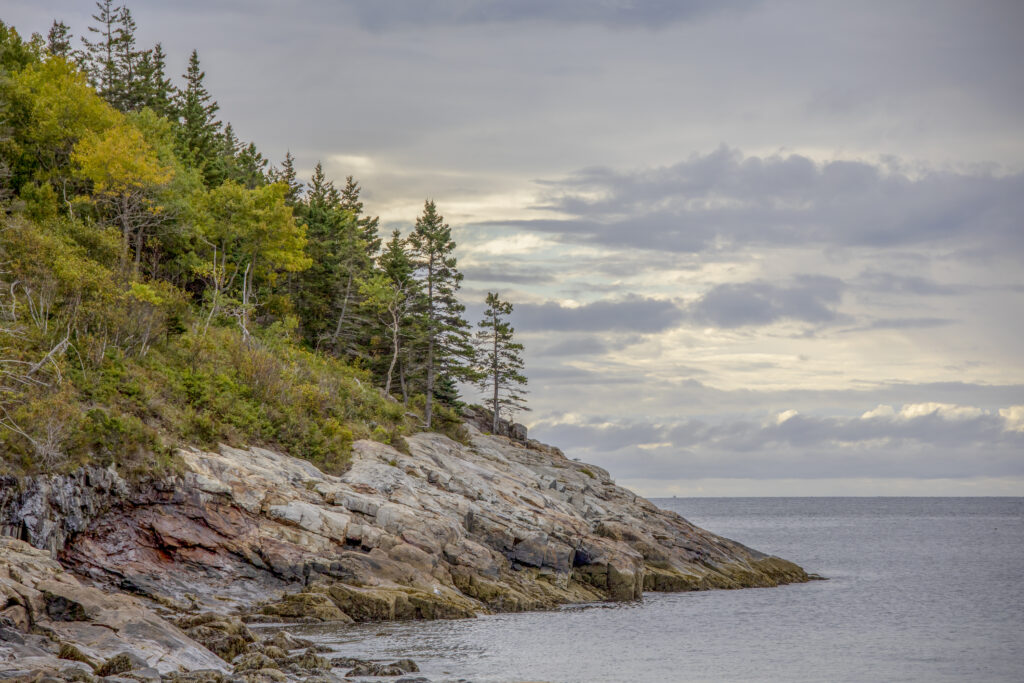
Featuring a rugged coastline, granite peaks, and diverse habitats, Acadia is known for its stunning landscapes and Cadillac Mountain, the tallest peak on the U.S. East Coast.
Everglades National Park (Florida)
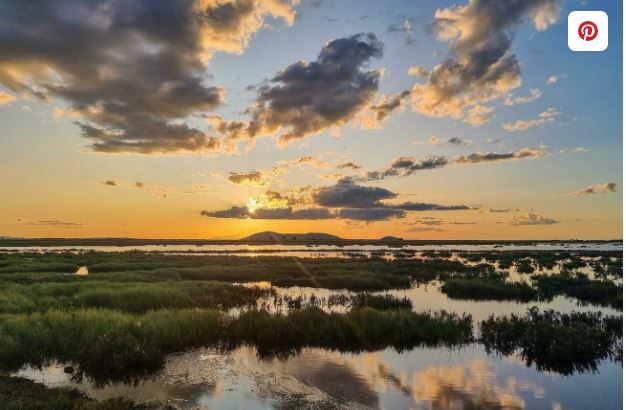
Preserving the unique ecosystem of the Florida Everglades, this park is home to a variety of wildlife, including alligators, manatees, and a vast array of bird species.
Arches National Park (Utah)
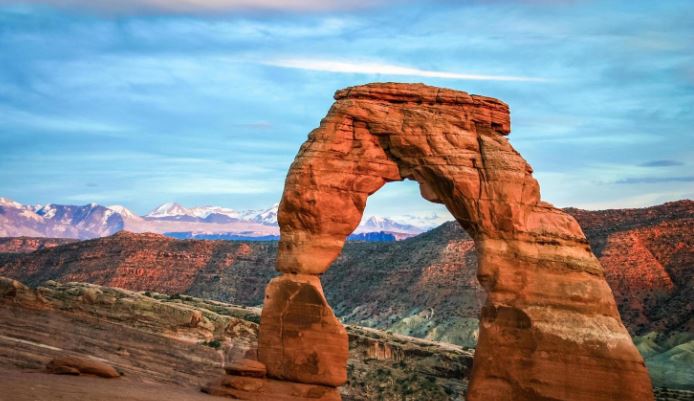
Famous for its more than 2,000 natural stone arches, along with hundreds of soaring pinnacles, giant fins, and balanced rocks.
Denali National Park and Preserve (Alaska)
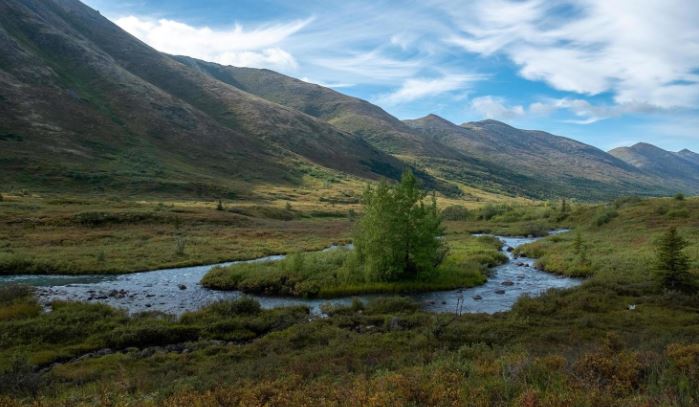
Home to North America’s highest peak, Denali, the park features vast wilderness, tundra, and diverse wildlife, including grizzly bears and moose.
Glacier National Park (Montana)
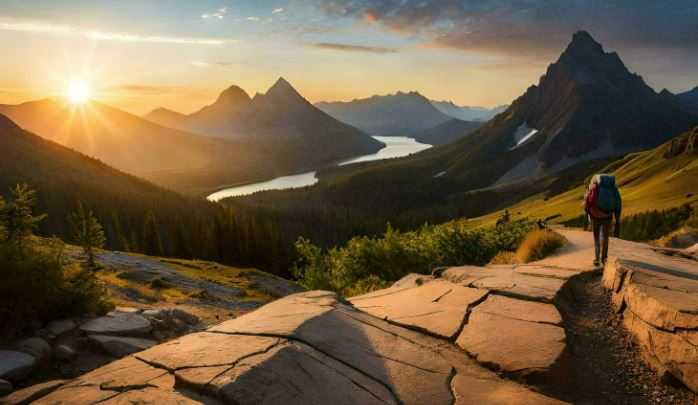
Known for its glacial-carved landscapes, pristine lakes, and rugged mountains, Glacier National Park shares a border with Canada’s Waterton Lakes National Park.
Bryce Canyon National Park (Utah)
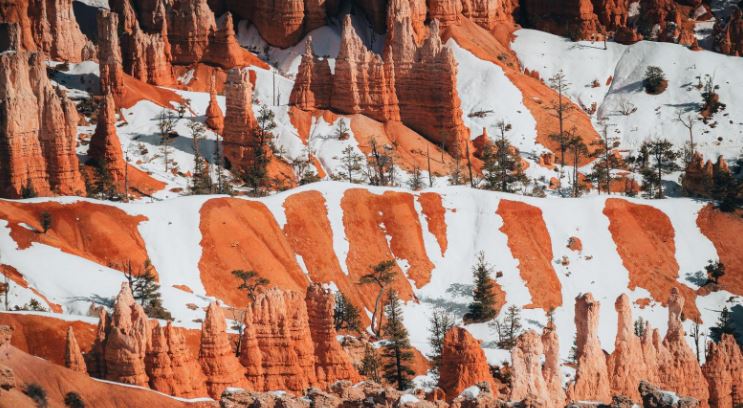
Famous for its unique geological formations called hoodoos, Bryce Canyon offers stunning vistas and opportunities for stargazing.
Shenandoah National Park (Virginia)
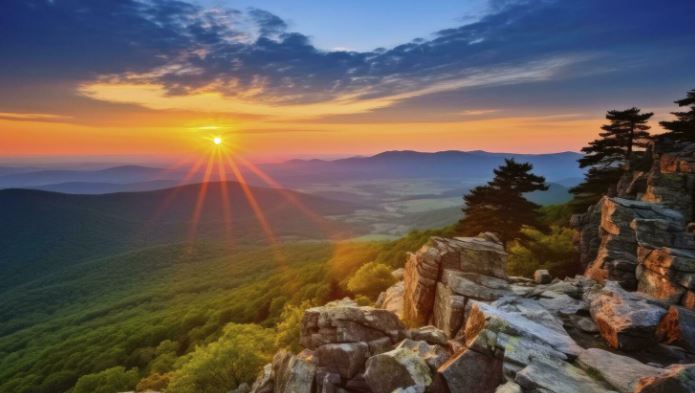
Stretching along the Blue Ridge Mountains, Shenandoah offers scenic drives, waterfalls, and over 200,000 acres of protected lands.
Joshua Tree National Park (California)
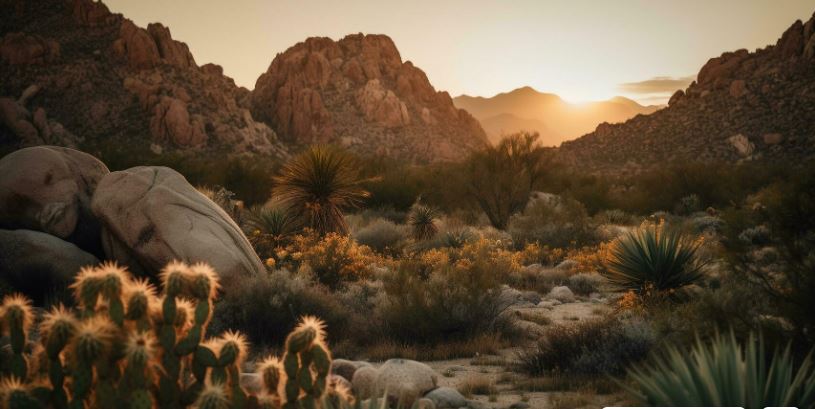
Named for its distinctive Joshua trees, the park features unique rock formations, diverse plant life, and dark night skies for stargazing.
Hawaii Volcanoes National Park (Hawaii)
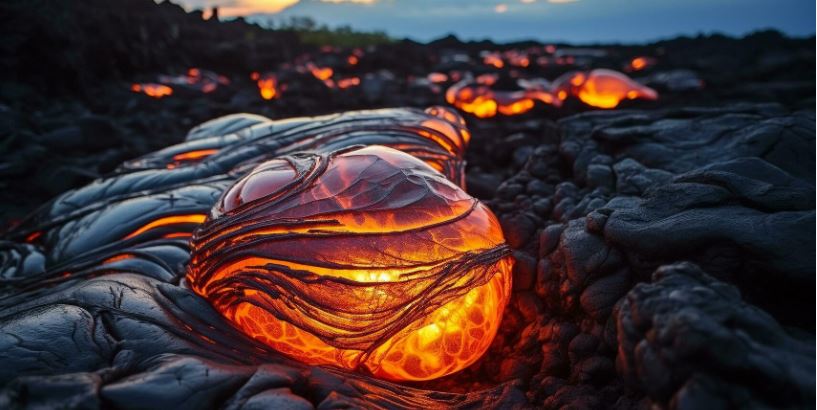
Home to two of the world’s most active volcanoes, Kīlauea and Mauna Loa, the park showcases volcanic landscapes, lava fields, and a diverse range of ecosystems.
These are just a few examples, and the United States has many more national parks, each offering its own set of natural wonders and outdoor recreational opportunities.








